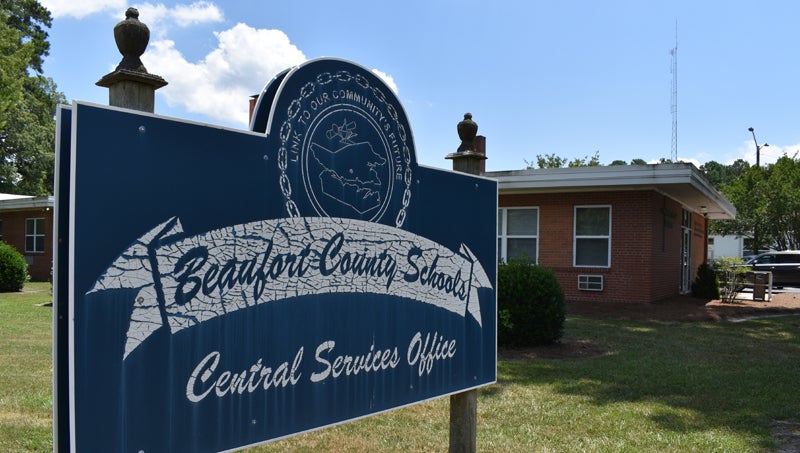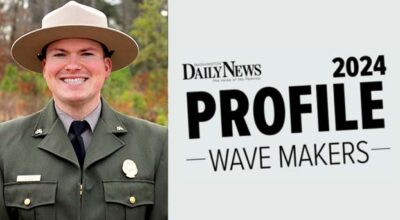School board reconsiders 10-day rule
Published 12:08 pm Thursday, December 3, 2020
|
Getting your Trinity Audio player ready...
|
What started as a presentation about Southside High’s school improvement plan Tuesday night turned into an hour-long discussion among Beaufort County Board of Education members about academic issues associated with the district’s virtual learning plans.
Southside Principal Rick Anderson echoed some of the thoughts several other principals had shared before him, including concerns about students who are in danger of failing courses this semester — particularly students who are taking remote classes.
Elementary school students in Beaufort County are taking in-person classes four days a week, while middle and high school students are divided into cohorts that alternate between in-person and remote learning. All grades learn remotely on Wednesdays in order to allow time for school facilities to be cleaned.
At Tuesday’s school board meeting, board member Terry Williams spoke about his frustration with remote-learning students being “treated differently” than in-person students, referring several times to what is informally known as the “10-day rule” — a section in the district’s remote learning plan that gives teachers 10 days to modify attendance records for any given school day.
On remote learning days, students are considered present if they respond to their class’ daily announcement — also known as a “bell ringer” — which, according to district policy, is an activity meant to “Instruct, inform and celebrate students.”
N.C. Department of Public Instruction policy prohibits students from being marked absent solely due to not logging into an online course on a remote learning day. So if a student doesn’t log into a course on a remote learning day, but they fill out that day’s daily announcement within the 10-day period, that student must be counted present.
“How would that motivate a high school student to ever come face-to-face?” Chairwoman Carolyn Walker asked.
“We’ve set up a system that encourages them not to come in,” Williams responded. “… Why would you want, as a high school student, to go to school and expect to sit in class and do your work each and every day, when I can be a student that just shows up once, on day nine, upload all of my work to my teacher, and you go back and count me present, whether I’ve been here or whether I’ve been in South Carolina on vacation?”
Schools can’t require students learning remotely to return to the classroom, according to state law. But certain aspects of the district’s reopening plan can be adjusted.
Changes might be necessary, given that circumstances with the COVID-19 pandemic were different in the summer months when the district crafted its plan.
“You’re reflecting, based on current circumstances, about decisions that were made seven months ago,” Superintendent Matthew Cheeseman told the school board.
“Now, whether you agree or disagree, any one of you in the room can pay your car payment 10 days late without penalty on your credit. When you apply that type of thinking back to the child, that’s still helping to raise the child, understanding that you still have the opportunity to bring it to fruition.”
Administrators crafted the plan with consideration for students who didn’t have Internet access, so they included time for materials to be mailed or delivered to students. That’s how the 10-day time frame was developed.
“Maybe it’s time for us as a board to review that and change the 10-day rule,” Walker said. “… I think we have to be fair and honest with our students attending face-to-face. And we are not being fair and honest with them. And there’s a different set of rules for those that are not.
“I feel like very student should feel like they’re getting the same shot at their education, whether it’s at home or whether it’s in the classroom.”






